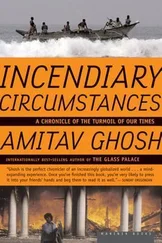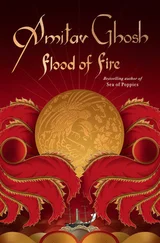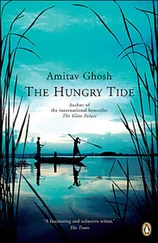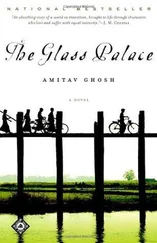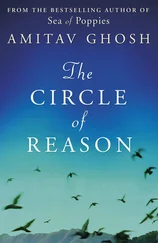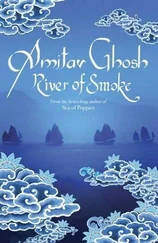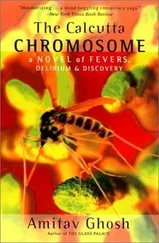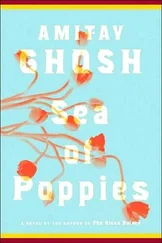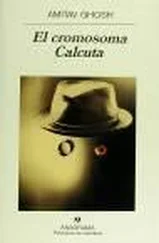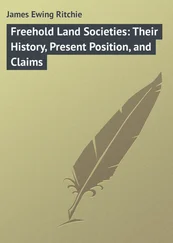My thanks arc due to many others in the Faculty of Arts, a place of which I have the warmest memories. Amongst others, Hisham Nofal, Mohammad Ghoneim, Moustafa Omar, Merwat al-Ashmawi Osman, Taysser Hassan Aly Gomaa and Moustafa Awad Ibrahim, who were research students in the Department of Anthropology at the time, did a great deal to make me feel welcome when I first arrived in Alexandria. I would like to thank them all for the hospitality and friendship which they showed me then, and with which they have enriched all my subsequent visits. I would also like to thank in particular Professor Ahmed Abu-Zeid of the Faculty of Arts.
3 They are both … Ma  r:The name is Mi
r:The name is Mi  r, properly speaking.
r, properly speaking.
4 Like English, every major European language:Albanian, which uses ‘Misir’ as well as ‘Egjypt’, is an exception — probably because of its large Muslim population.
5 The fort has other names:See Stanley Lane-Poole’s The Story of Cairo , pp. 34–5 (J. M. Dent & Co., London, 1902); and Desmond Stewart’s Cairo, 5,500 years , p. 28 (Thomas Y. Creswell & Co., New York, 1968). A. J. Butler also discusses the name of the fortress briefly in his monumental Arab Conquest of Egypt (Oxford University Press, Oxford, 1902), pp. 244–6.
6 Babylon’s principal embankment:W. Kubiak points this out in his excellent monograph Al-Fustat, Its Foundation and Early Urban Development , pp. 43–7 & 117–8 (American University in Cairo Press, Cairo, 1987). See also Oleg V. Volkoffs Le Caire , 969–1969, p. 7 (L’Institut Français d’Archéologie Orientale du Caire, 1971); and Janet L. Abu-Lughod’s Cairo, 1001Years of the City Victorious , pp. 4–5 (Princeton University Press, Princeton, 1971).
7 In Ben Yiju’s time:See Nâîr-e-Khosraw’s Safarnama (Book of Travels), p. 55, (trans. W. M. Thackston Jr, Persian Heritage Series, ed. Ehsan Yarshater, No. 36, Persian Heritage Foundation, New York, 1986).
8 ‘fossaton’:Cf. W. Kubiak, Al-Fustat , p. 11; Janet L. Abu-Lughod, Cairo 1001 Years , p. 13; and Desmond Stewart, Cairo , pp. 42–3.
9 Their army routed the Egyptians:Cf. Stanley Lane-Poole’s A History of Egypt in the Middle Ages , p. 102 (Frank Cass & Co. Ltd, London, new impression, 1968); and Oleg V. Volkoff’s Le Caire , p. 44.
10 In its original conception al-Qahira:Volkoff, pointing out that it was not for nothing that the city was called al-Qâhira al-Ma  rûsa, ‘the Guarded’, compares it to Peking and Moscow ( Le Caire , p. 49).
rûsa, ‘the Guarded’, compares it to Peking and Moscow ( Le Caire , p. 49).
11 Archæological excavations have shown:The various different kinds of mud and earth that were used as building materials in medieval Fustat are discussed at length in Moshe Gil’s article, ‘Maintenance, Building Operations, and Repairs in the Houses of the Qodesh in Fus  â
â  ’, p. 147–52 ( Journal of the Economic and Social History of the Orient , XIV, part II, 1971). The terms used in Lataifa and Nashawy for the kinds of earth that serve as building materials are in many instances the same as those current in medieval Fustat (e.g.
’, p. 147–52 ( Journal of the Economic and Social History of the Orient , XIV, part II, 1971). The terms used in Lataifa and Nashawy for the kinds of earth that serve as building materials are in many instances the same as those current in medieval Fustat (e.g.  in aswad,
in aswad,  în a
în a  far, turâb).
far, turâb).
12 Possibly Fustat even had … look of an Egyptian village:My speculations about the appearance of medieval Fustat are founded largely on Wladyslaw Kubiak’s description of the archaeological findings at the site (in his monograph Al-Fustat) . I hasten to add that Kubiak does not himself suggest that the medieval city had a rustic appearance: however, the findings described in the monograph seem to me definitely to indicate that likelihood. See in particular the section on ‘Streets’, pp. 112–117. Some medieval travellers reported Fustat to be provincial in aspect but crowded and busy, while others spoke with admiration of large multi-storeyed buildings, suggesting that houses in some parts of Fustat were of imposing dimensions (Cf. Oleg V. Volkoff, Le Caire , p. 22; and S. D. Goitein, ‘Urban Housing in Fatimid and Ayyubid Times’, p. 14, Studia, Islamica , 46–7, 1978). In all likelihood the township had a few wealthy neighbourhoods which were built on a very different scale from the dwellings inhabited by the vast majority of the population. In many details the domestic architecture of medieval Fustat appears remarkably similar to that of rural (Lower) Egypt today. Indeed there was clearly a direct continuity between the living patterns of the surrounding countryside and those of the city of Fustat. Dwellings in medieval Fustat even made provision for cattle pens or zarîbas within the house (Cf. S. D. Goitein, ‘A Mansion in Fustat: A twelfth-century Description of a Domestic compound in the Ancient Capital of Egypt’, in The Medieval City , ed. H. A. Miskimin et. al., Yale University Press, New Haven, 1977). The word zariba has of course passed into the English language as ‘zareba’. A contemporary zariba is soon to play a part in this narrative.
13 The ‘Palestinian’ congregation:The principal doctrinal division within the Jewish community of medieval Fustat lay between the Karaites and the other two groups, known collectively as the Rabbanites; the Karaites took the Bible as their sole sacred text while the others invested the Talmud and other later Rabbinical writings with the authority of Scripture as well, as do the majority of Jews today. Of the two Rabbanite groups, the ‘Iraqis’ consisted of Jews from the area of Mesopotamia, who followed the rites prescribed by the schools of that region, while the ‘Palestinians’ of course followed the rites of the school of Jerusalem. See S. D. Goitein’s A Mediterranean Society , Vol. I, p. 18 (Univ. of California Press, Berkeley, 1967); and Norman Golb’s article, ‘Aspects of the Historical Background of Jewish Life in Medieval Egypt’ (in Jewish Medieval and Renaissance Studies , ed. Alexander Altmann, Harvard University Press, Cambridge Mass., 1967).
14 Incredible as it may seem, excavations:See G. T. Scanlon’s ‘Egypt and China: Trade and Imitation’, p. 88 (in Islam and the Trade of Asia , ed. D. S. Richards, Oxford and Philadelphia, 1971); and Ruth Barnes’s article ‘Indian Trade Cloth in Egypt: The Newberry Collection’ (in the Proceedings of the Textile Society of America , 1990).
15 For Ben Yiju the centre of Cairo:It was once thought that the synagogue of Ben Ezra was originally a Coptic church, but that theory has long been discredited by S. D. Goitein, although it continues to be widely propagated. A church was indeed converted into a synagogue in Fustat, in the ninth century, but it probably belonged to a different congregation and stood upon another site. (Cf. A Mediterranean Society , Vol. I, p. 18; and Vol. II, p. 149, University of California Press, Berkeley, 1971). Goitein has persuasively argued that the church which changed hands in the ninth century was bought by the ‘Iraqi’ congregation, which, being composed mainly of immigrants, probably needed a site for its synagogue. The site of the Synagogue of Ben Ezra on the other hand had probably belonged to the ‘Palestinians’ since antiquity.
Читать дальше
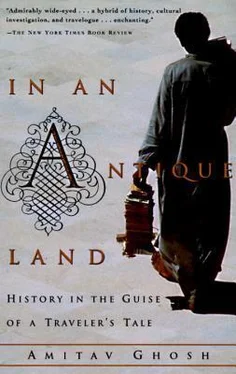
 r:The name is Mi
r:The name is Mi  â
â  ’, p. 147–52 ( Journal of the Economic and Social History of the Orient , XIV, part II, 1971). The terms used in Lataifa and Nashawy for the kinds of earth that serve as building materials are in many instances the same as those current in medieval Fustat (e.g.
’, p. 147–52 ( Journal of the Economic and Social History of the Orient , XIV, part II, 1971). The terms used in Lataifa and Nashawy for the kinds of earth that serve as building materials are in many instances the same as those current in medieval Fustat (e.g. 